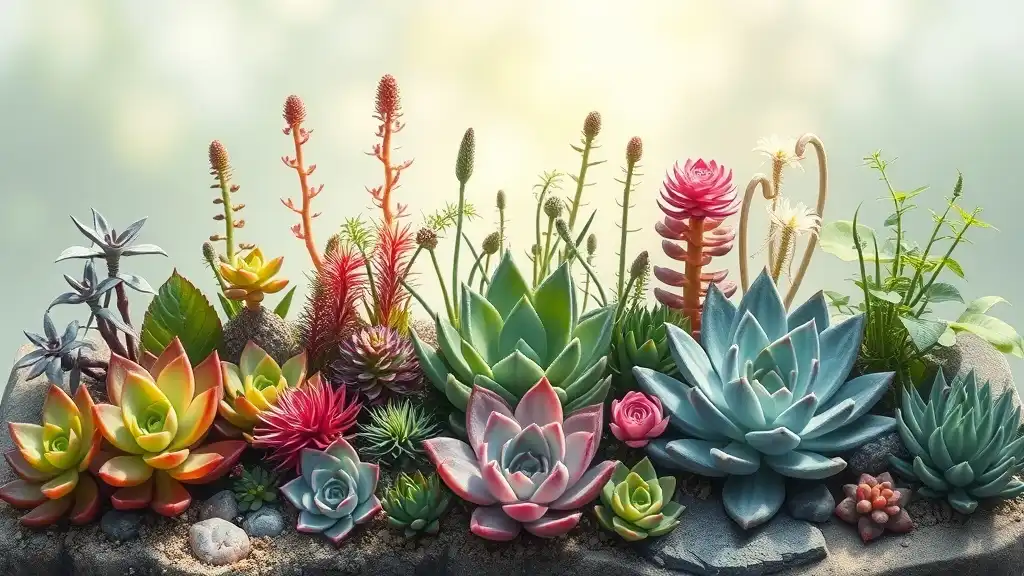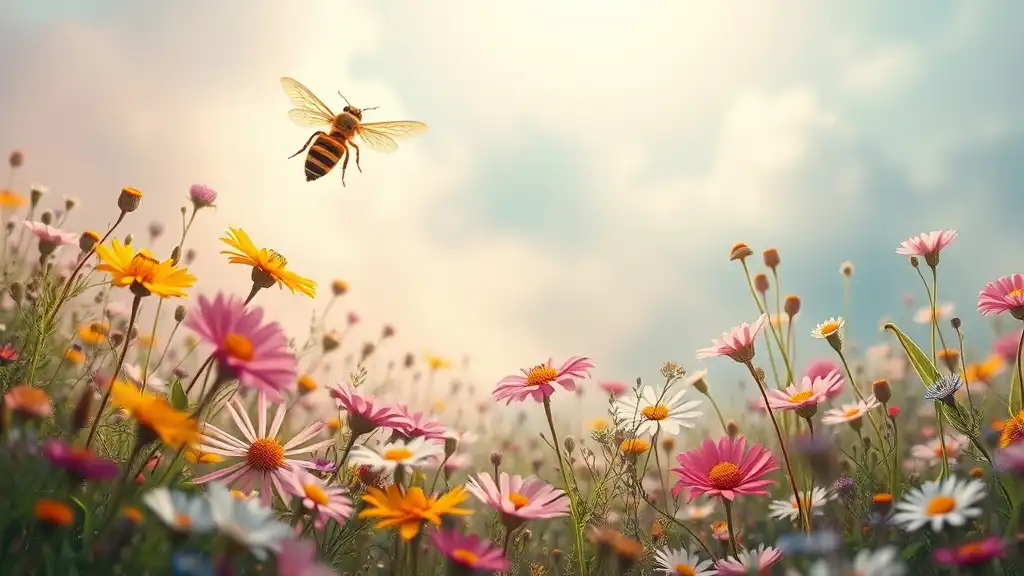Succulent plants have gained immense popularity not just for their aesthetic appeal, but also for their deeper spiritual meanings. These remarkable plants are more than just charming green additions to our homes; they hold profound insights into personal growth, resilience, and abundance. Understanding the spiritual significance of succulents allows us to cultivate not just gardens but also our inner selves.
What Are Succulent Plants?
Succulents are unique plants that store water in their leaves, stems, or roots, allowing them to thrive in arid environments. Ranging from the common aloe vera to the intricate jade plant, succulents come in various shapes, sizes, and colors, each offering distinct characteristics. They are known for their ability to survive in harsh conditions, making them symbols of resilience.
The beauty of succulents lies in their diversity, as they can adapt to different environments and still flourish. This adaptability reflects an essential aspect of life: the ability to overcome adversities and thrive despite challenges.

The Symbolism of Succulents
Adaptation and Resilience
One of the most significant spiritual meanings of succulents is their representation of adaptation and resilience. Just like these plants, we too face various challenges in our lives. Succulents remind us of our inner strength, teaching us that it is possible to endure tough times and emerge even stronger.
When we observe how succulents grow in rocky terrains or withstand prolonged droughts, we learn that flexibility and determination are crucial in navigating life's obstacles. This lesson inspires us to cultivate resilience, encouraging us to embrace change rather than shy away from it.
Abundance and Prosperity
Succulents are also powerful symbols of abundance and prosperity. Their thick, fleshy leaves represent the idea of holding onto resources and nourishment, serving as a reminder of the abundance that exists in our lives. The abundance mindset emphasizes gratitude, encouraging us to appreciate what we have and recognize opportunities for growth.
By nurturing succulents, we are reminded to nurture our dreams and aspirations, cultivating a sense of prosperity in our lives. Whether through the act of caring for the plants or simply displaying them in our homes, succulents help foster an environment of abundance that permeates our thoughts and actions.

The Energetic Properties of Succulents
Feng Shui and Succulents
In the realm of Feng Shui, succulents are believed to enhance the energy flow within our living spaces. Their vibrant green color is associated with prosperity, growth, and vitality, making them the perfect plants to adorn our homes and workspaces.
To harness the positive energy of succulents, consider placing them in areas such as the wealth corner of your home (the far left corner from the entrance) or near natural light sources. This intentional placement can attract positive chi, enriching your environment with life and prosperity.
Healing Properties
Succulents also possess emotional healing properties. The act of caring for these plants can promote mindfulness, allowing individuals to ground themselves amid the chaos of life. Engaging with nature through plant care can provide a soothing effect, encouraging self-reflection and tranquility.
As we observe how succulents thrive and grow, we can find parallels in our journey of personal healing. Their natural ability to bounce back serves as a comforting reminder that we too can heal and flourish.

Succulents in Different Cultures
Indigenous Beliefs and Practices
Different cultures have long recognized the spiritual importance of plants, and succulents are no exception. Among indigenous tribes, certain succulent varieties have been used in rituals and ceremonies, symbolizing healing, nourishment, and interconnectedness with nature.
These practices emphasize the deep bond between humans and plants, illuminating the wisdom found in nature's teachings. The spiritual significance attributed to succulents varies across geographical boundaries, weaving a rich tapestry of cultural beliefs.
Modern Interpretations
In our contemporary world, succulents have become central to urban spirituality. Their low maintenance needs and unique appearances align well with modern lifestyles, making them highly sought after for mindfulness practices.
People are turning to succulents as symbols of meditation, self-care, and personal growth. By incorporating these plants into yogic practices or family spaces, individuals create intentional environments that inspire contemplation and connection to nature.

Care for Your Succulents and Spiritual Growth
Creating an Intentional Space for Plants
To fully embrace the spiritual significance of succulents, intentionally creating a space for them is crucial. Set aside an area within your home where you can care for your plants without distractions. This dedicated environment becomes a sanctuary for mindfulness and reflection.
In your plant care routine, take a moment to reflect on your own growth. As you water, prune, and nurture your succulents, consider what attributes of resilience and abundance you wish to cultivate in your life.
Personal Reflection Through Plant Growth
Observing the growth process of succulents can serve as a powerful catalyst for personal reflection. Keep a journal to document the changes in your plants and connect them to your own experiences.
As you witness your succulents flourishing or adapting to new conditions, think about how these changes mirror your own journey. By engaging in this practice, you allow the plants to guide you in exploring your feelings, aspirations, and challenges.

Conclusion
In essence, succulents offer a unique blend of spiritual wisdom and practical beauty. Their symbolism of resilience and abundance serves as a guiding light, encouraging us to embrace our personal journeys. By nurturing succulents and integrating them into our spiritual practices, we open ourselves to a deeper understanding of growth, wellness, and connection. As we cultivate these plants, we inevitably cultivate ourselves, creating spaces for both reflection and flourishing.














